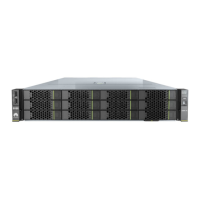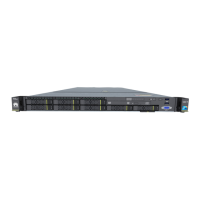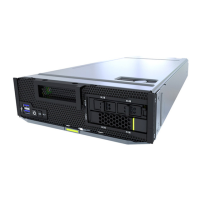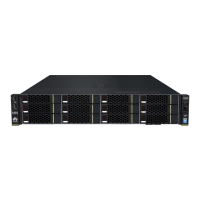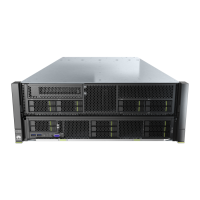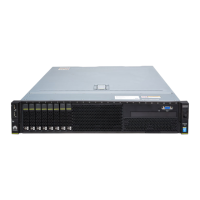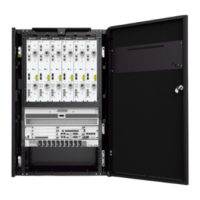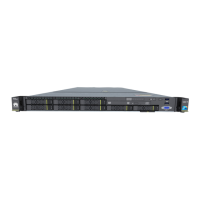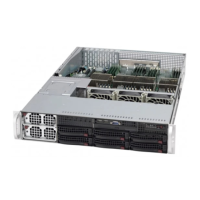The iBMC supports domain name system (DNS) and Lightweight Directory Application
Protocol (LDAP) to implement domain management and directory service.
l Image backup
The iBMC works in active/standby mode to ensure system reliability. If the active iBMC
is faulty, the standby iBMC takes over services immediately.
l Intelligent power management
The iBMC uses dynamic power saving to reduce operational expenditure (OPEX).
For details about the iBMC, see FusionServer Pro Rack Server iBMC User Guide.
11.2 BIOS
The basic input/output system (BIOS) is the most basic software loaded to a computer
hardware system. The BIOS provides an abstraction layer for the operating system (OS) and
the hardware to interact with the keyboard, display, and other input/output (I/O) devices.
The BIOS data is stored on the Serial Peripheral Interface (SPI) flash memory. The BIOS
performs a power-on self-test (POST), initializes CPU and memory, checks the I/O and boot
device, and finally boots the OS. The BIOS also provides the advanced configuration and
power interface (ACPI) and hot swap.
The Huawei Purley-based server is developed based on Insyde code base and uses a
proprietary BIOS. It provides a variety of in-band and out-of-band configuration functions as
well as high scalability, and supports customization.
For details about the BIOS, see Huawei Server Purley Platform BIOS Parameter
Reference.
Figure 11-1 BIOS in the system
FusionServer Pro 2288H V5 Server
User Guide
11 Software and Configuration Utilities
Issue 08 (2019-10-30) Copyright © Huawei Technologies Co., Ltd. 147
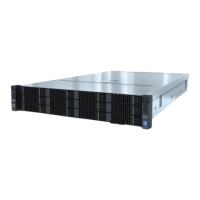
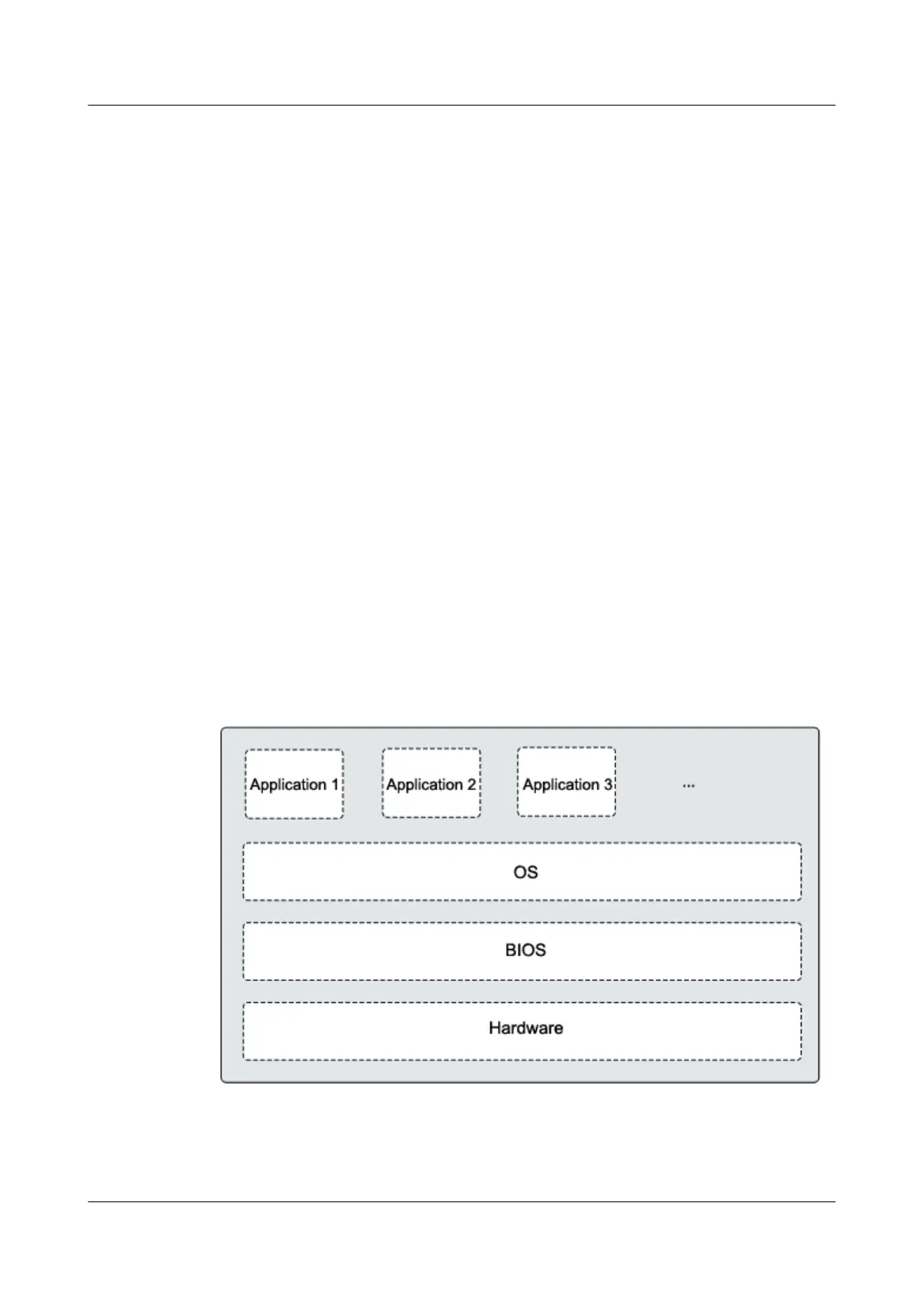